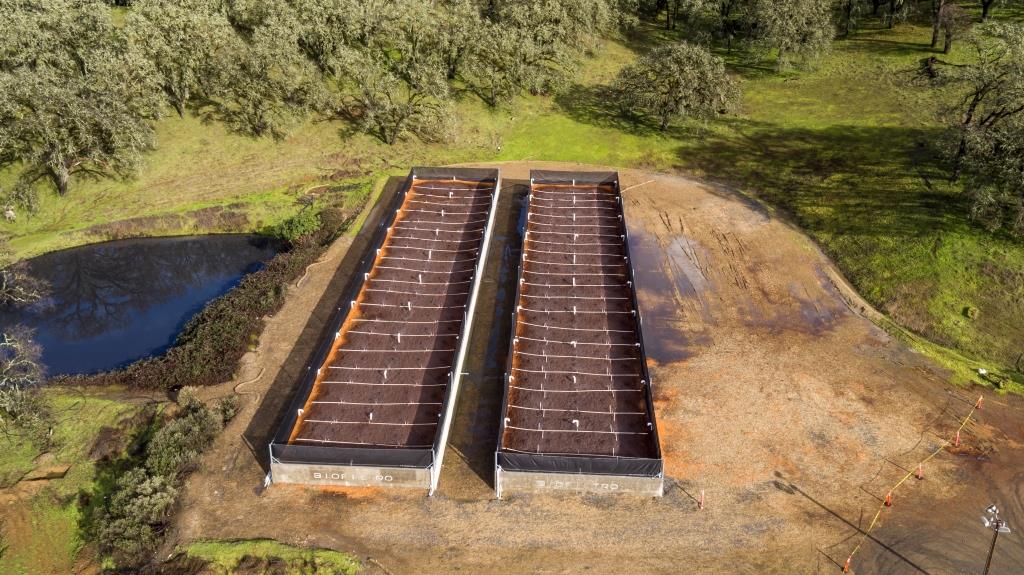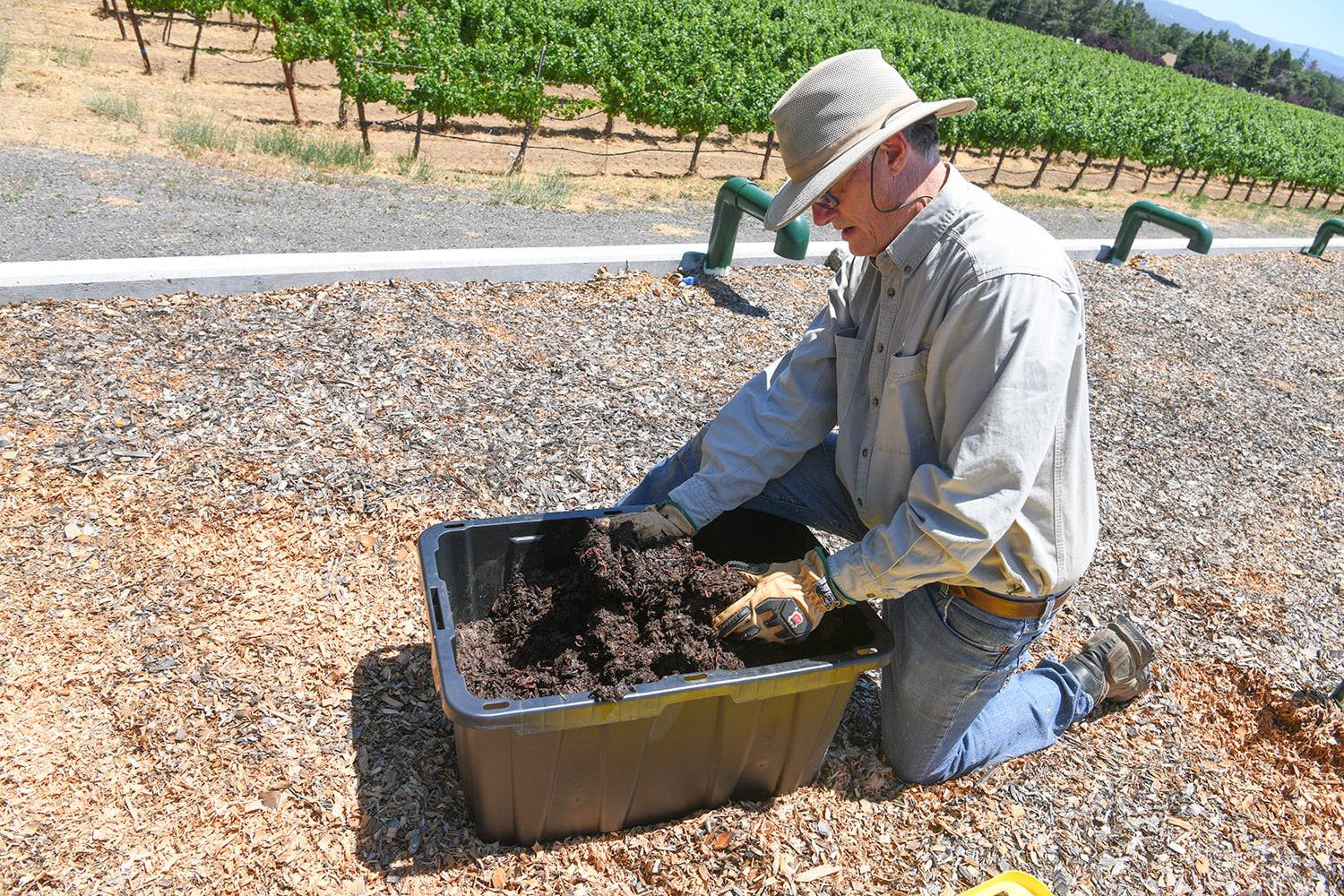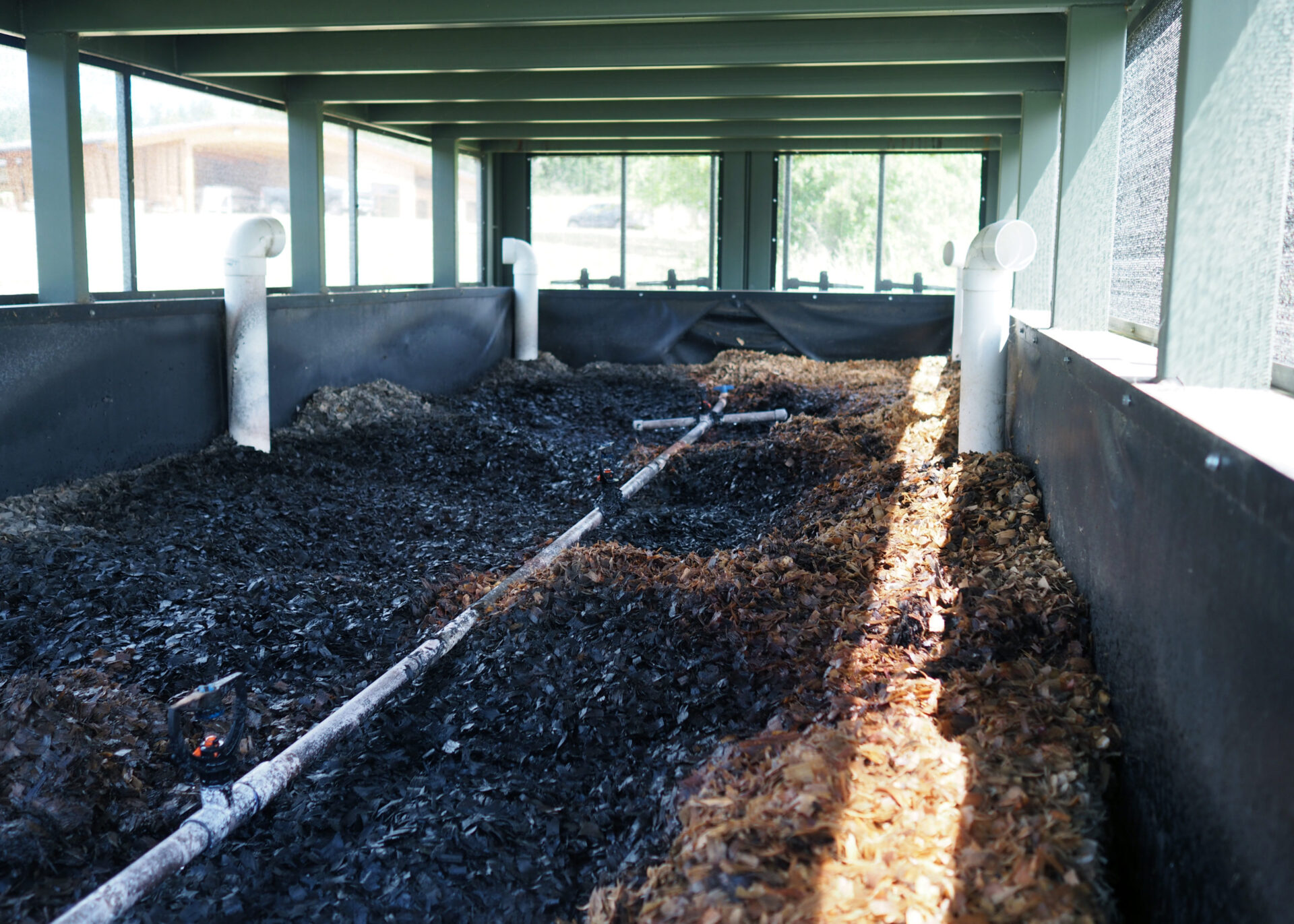Top US wine estates have become expert worm-wranglers in order to advance sustainability efforts and combat ever-increasing drought conditions.
—Kathleen Willcox
Wine regions across the world were hit by catastrophic droughts, floods and wildfires this year. For decades, wine-growers have been working toward a more sustainable way to use water in the vineyards and cellar. But in recent months, the need to conserve water has been vaulted to the top of the priority list.
To better manage water, it’s important to understand just how much goes into the making of a bottle of wine. On average, it takes about 120 liters of water (or 31.7 gallons) to make one 125 ml (4.2 ounce) glass of wine, according to the Water Footprint Network, a nonprofit multi-stakeholder network working toward a more sustainable water future. (In comparison, it takes 5,000 liters of water to make 1 kg of cheese, 24,400 liters to make 1 kg of chocolate and 30 liters to make 1 250 ml cup of tea.)
Between high-tech solutions, like remote sensors that track real-time water usage, and low-tech solutions, like dry farming, there are a number of ways to analyze and reduce water use in the vineyard. But a lot of water that goes toward wine production happens in the cellar, with the washing of equipment before and after processing grapes.
One of the simplest and most effective solutions to recycling that water is wriggling right between the vines.

Fetzer Vineyards, the world’s largest certified B Corp winery with 960 certified organic acres under vine in Mendocino County, was the first U.S. winery to recycle all of their wastewater with the help of worms. Since 2016, Fetzer has used the BioFiltro BIDA system.
Director of regenerative development and sustainability Jess Baum explains how it works: An open-top basin is filled with layers of wood shavings, river cobble, and drainage bins. Worms and microbes are then fed organic byproducts—skins, seeds and solids—leftover from the winemaking process.
Wastewater from the winery is pumped over the bin with sprinklers. Earthworms then consume the larger solids, digest them, and produce microbe and bacteria-rich castings. From there, a biofilm—or billions of colonies teaming with microbes—work symbiotically to consume and digest the waste products. The worms, in search of food, move through this enclosed system, aerating it and “cleaning” the water. From start to finish, the entire process takes about four hours.
According to Baum, the system generates millions of gallons of water each year, which is re-used for landscape irrigation and groundwater recharge, with the goal of using it for vineyard irrigation in the future.
“Our system exemplifies our regenerative philosophy by using natural technology—in this case worms, microorganisms and the occasional snacking raccoon—to renew and restore a finite resource,” Baum says. “By working in harmony with nature, harnessing the power of below-ground organisms doing what they do best, we are able to regenerate our water supply without causing harm to our surrounding ecosystem. In fact, in addition to recycled water, the other byproduct of this system is worm castings, used to increase soil fertility and water and carbon holding capacity in the soil.”
(Castings is a polite word for worm poop. The nutritious soil amendment is used to improve crop yield, soil health and carbon sequestration.)

Frey Vineyards, America’s first organic and biodynamic winery with about 200,000 cases in annual production, uses the same BioFiltro system, built inside two 40 by 80-foot beds, each 5-feet tall. The system became fully functional in early 2020.
“Frey Vineyards’ sustainability policy is to try as much as possible to mimic the ecosystem, where nothing is wasted,” says Jonathan Frey, founder and COO of Frey Vineyards. “In nature, waste materials decompose and turn into fertilizer. The BioFiltro system requires very little energy, and in the end, we have clean water and valuable worm castings to add to our vineyard fertility program.”
Every day, the system processes up to 10,000 gallons of grey water, the equivalent of 600 showers. That water then gets sent to irrigation ponds, where it is used as needed throughout the year.

The legendary Carlton, Oregon vineyard-turned-winery Abbott Claim was eager to bring in worms immediately.
“We finished construction on the winery in 2020 and worked closely with our architect, Larry Ferar, to create a space that works with, not against, nature,” says viticulturist Heath Payne. “Our approach to winemaking is also focused on sustainability, and organic practices.”
Abbott, which hopes to produce up to 10,000 cases of wine a year, houses its worm colony in a shipping container provided by BioFiltro. (The company offers open-top cement bins, shipping containers, or custom builds.)
“All of our gray water goes into the shipping container, and then the worms clean it,” Payne explains. “That clean water then feeds a pond and gets used for organic sprays because we’re 100 percent dry farmed. One unexpected side effect of this system is the way it has cleaned up the pond, which had gone anaerobic because it was stagnant. The pond is a seasonal habitat for red-winged blackbirds and migrating duck and geese, so it’s nice to see it revived and a healthier welcome to the birds.”
As drought conditions increase globally, throwing water away is no longer tenable. So far, BioFiltro, is by far the most prominent wastewater worm management and works with a variety of agricultural operations, including dairy farms, around the world. The company has recycled more than 41 billion gallons of water, enough to fill 62,121 Olympic-sized pools.
_______________________________________________________________________

Kathleen Willcox writes about wine, food and culture from her home in Saratoga Springs, N.Y. She is keenly interested in sustainability issues, and the business of making ethical drinks and food. Her work appears regularly in Wine Searcher, Wine Enthusiast, Liquor.com and many other publications. Kathleen also co-authored a book called Hudson Valley Wine: A History of Taste & Terroir, which was published in 2017. Follow her wine explorations on Instagram at @kathleenwillcox
"bring" - Google News
October 12, 2021 at 08:00PM
https://ift.tt/3iV06bI
Winegrowers Bring in Worms to Manage Waste - wineindustryadvisor.com
"bring" - Google News
https://ift.tt/38Bquje
Shoes Man Tutorial
Pos News Update
Meme Update
Korean Entertainment News
Japan News Update
Bagikan Berita Ini
















0 Response to "Winegrowers Bring in Worms to Manage Waste - wineindustryadvisor.com"
Post a Comment